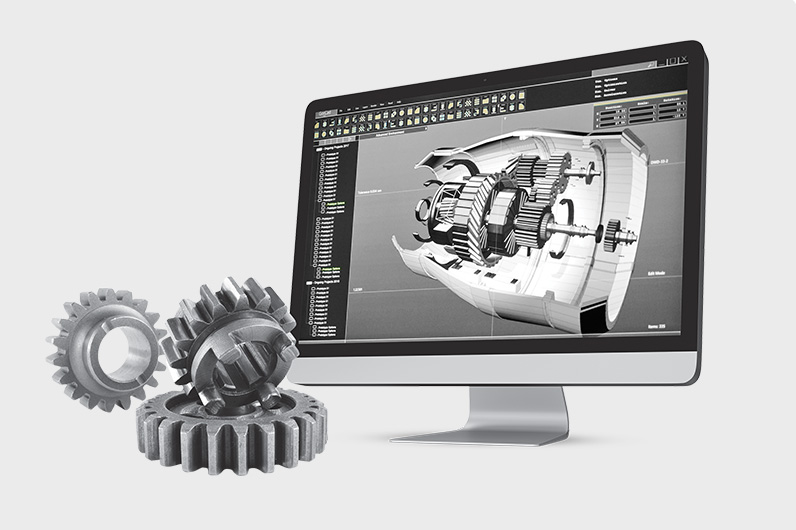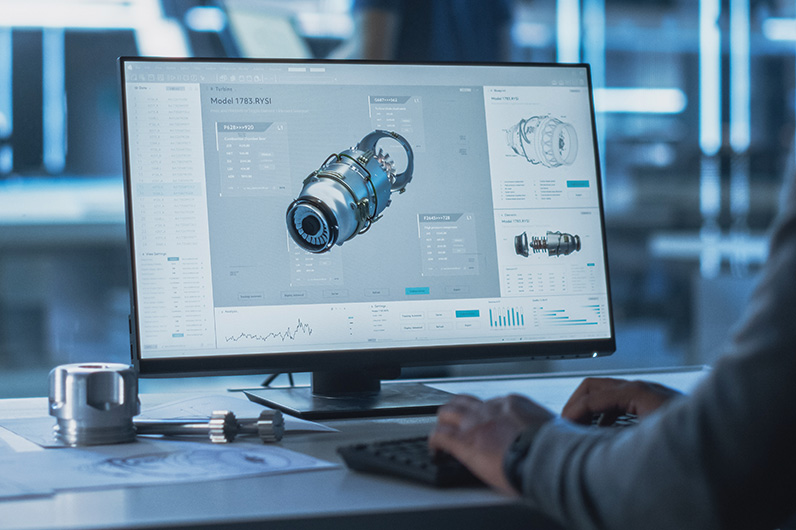How to select support materials in 3D printing?
1. How to select a support material for a 3D model
FFF (Fused Filament Fabrication) technology works by depositing thermoplastic material layer by layer ona work platform.
2. Selecting the right support material
Choosing the right type of support material depends mainly on the geometry of the model. Breakout and solublesupports have different properties.
Break support in 3D printing
Gives the possibility to print the model and supports with only one material, eliminating the need to use two different types of materials which translates into shorter printing time and lower material costs. The disadvantage, however, is the time-consuming process of cleaning the model and the risk of damaging the print geometry. This type of support can be printed from the same material as the target model or from a different material with less adhesion to the model, making it significantly easier to remove them.
Example of printed models with breakaway support.
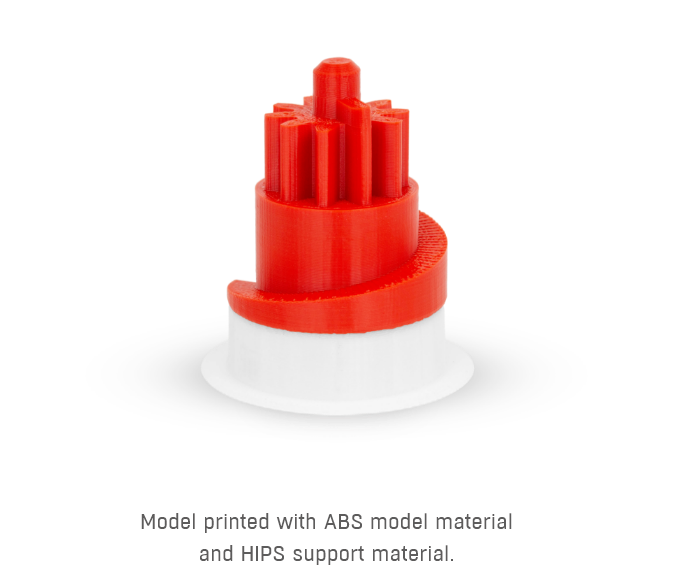
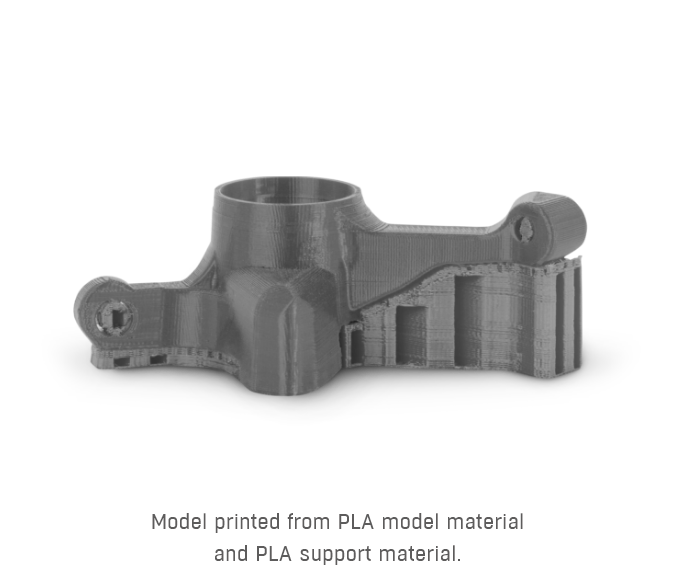
Solouble support in 3D printing
This type of structures made of dedicated support material can be dissolved by immersing the print in a properly prepared solution. They are used in dual-head printers, especially when printing models with complex geometry, where it is impossible or difficult to remove the supports mechanically. The dissolvable support makes it possible to make models with very complicated geometries, such as partially closed chambers or channels inside the model, thin-walled and openwork geometries. This method enforces the need for of an additional device (support dissolving station) and increases the time for cleaning the model from the supports.
An example of a printed model with soluble ESM-10 support material.
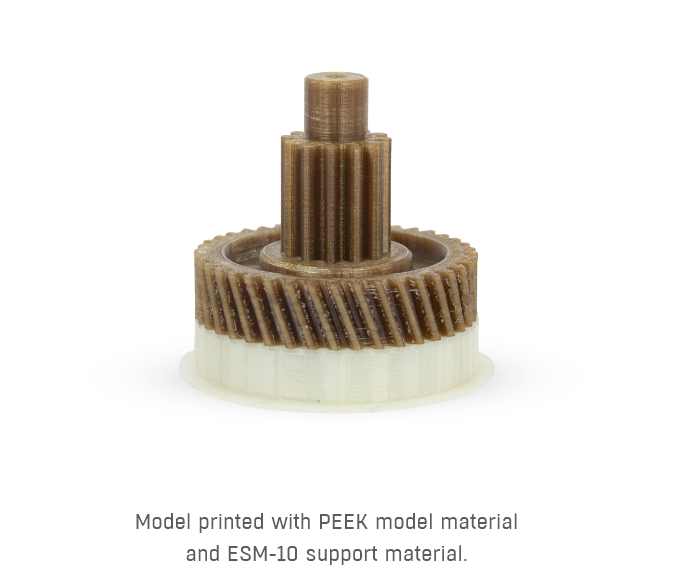
Advantages and disadvanteges of breakaway and soluble support
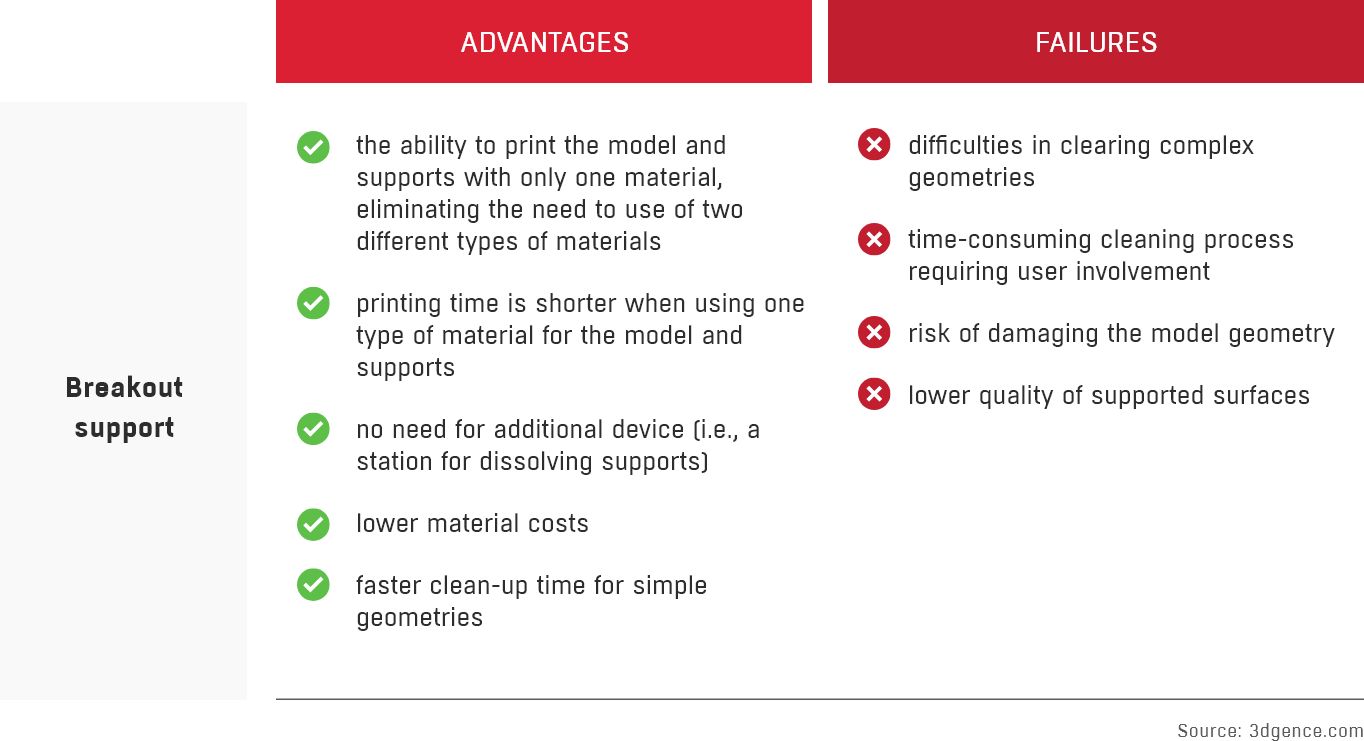
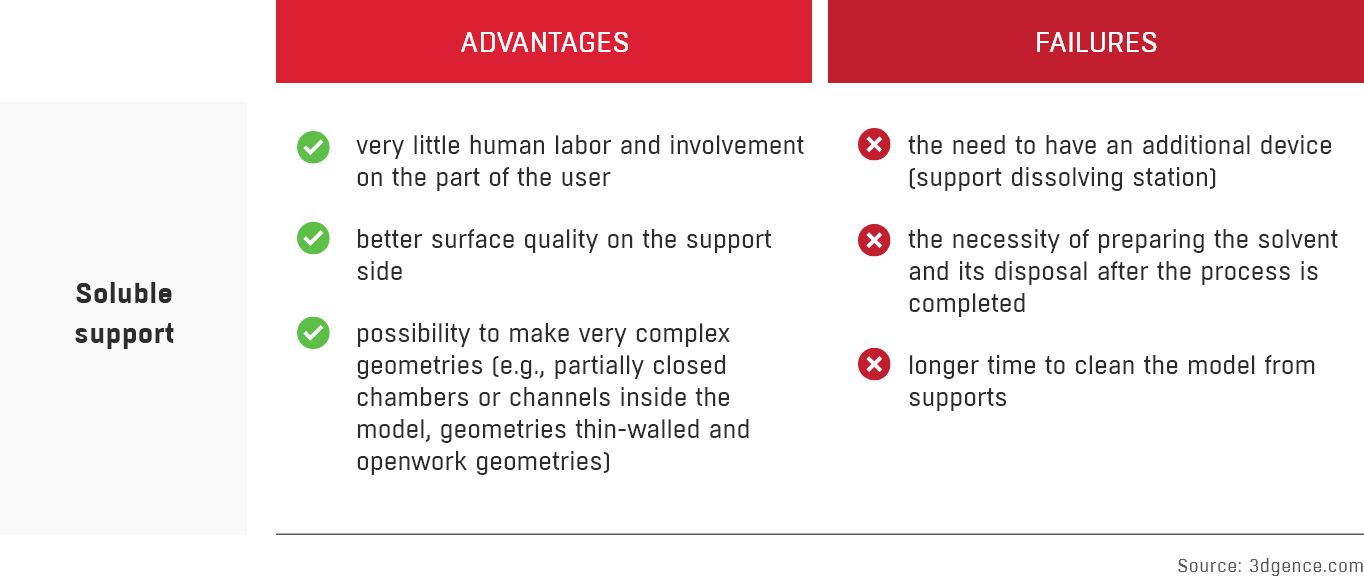
In 3DGence printers, support structures can be printed using the same print head as the target model or from an additional dedicated print head. Before starting the printing process, it is necessary to select the appropriate support material, matching the geometry of the model. This will allow the used support structures to be easily separated from the model after the printing process.
Support structures in 3D models
Depending on the complexity of the model geometry, we choose breakable or soluble support structures. Below are examples of models with different support materials.
Types of geometry:
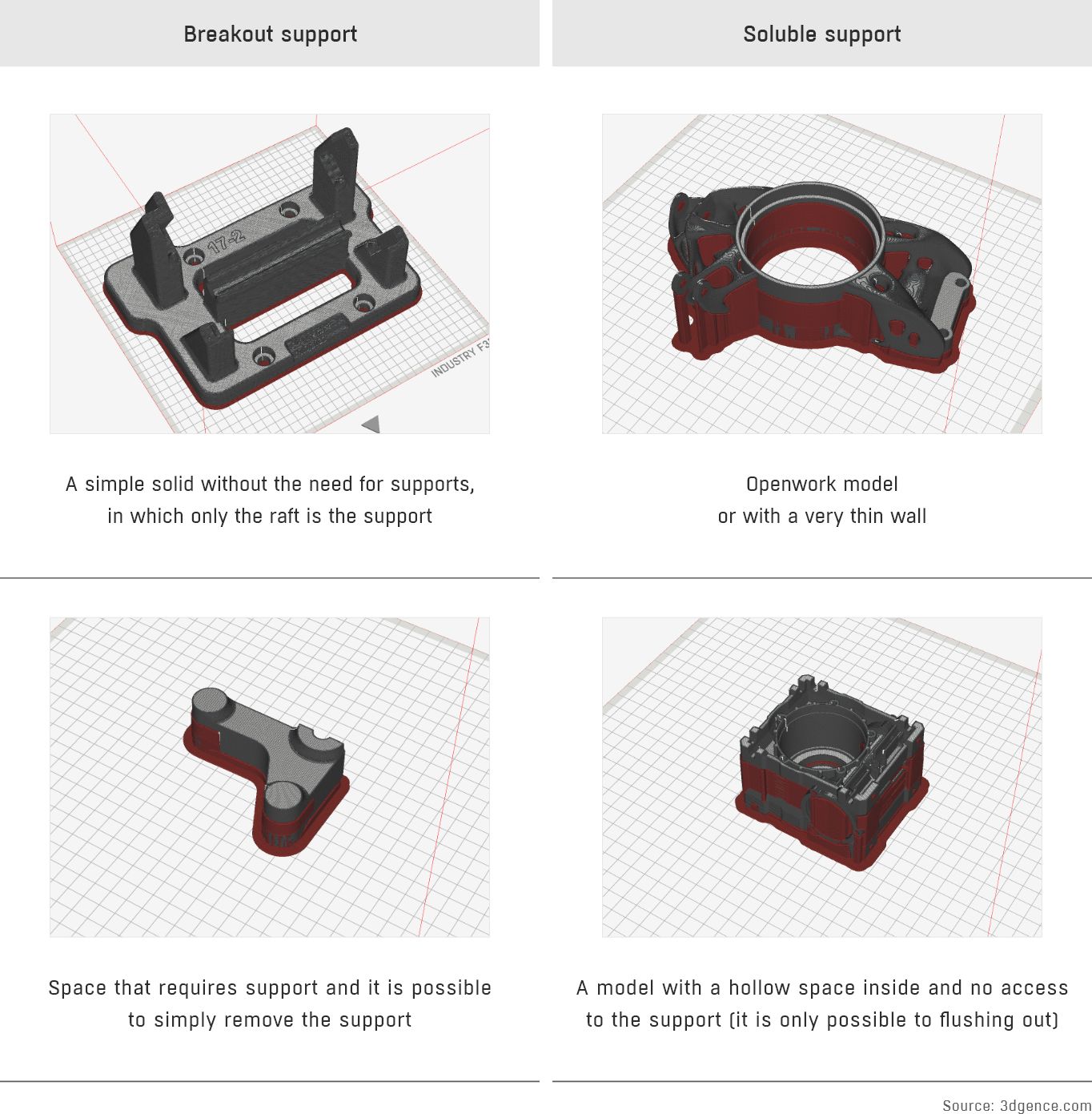
Post- processing of prints
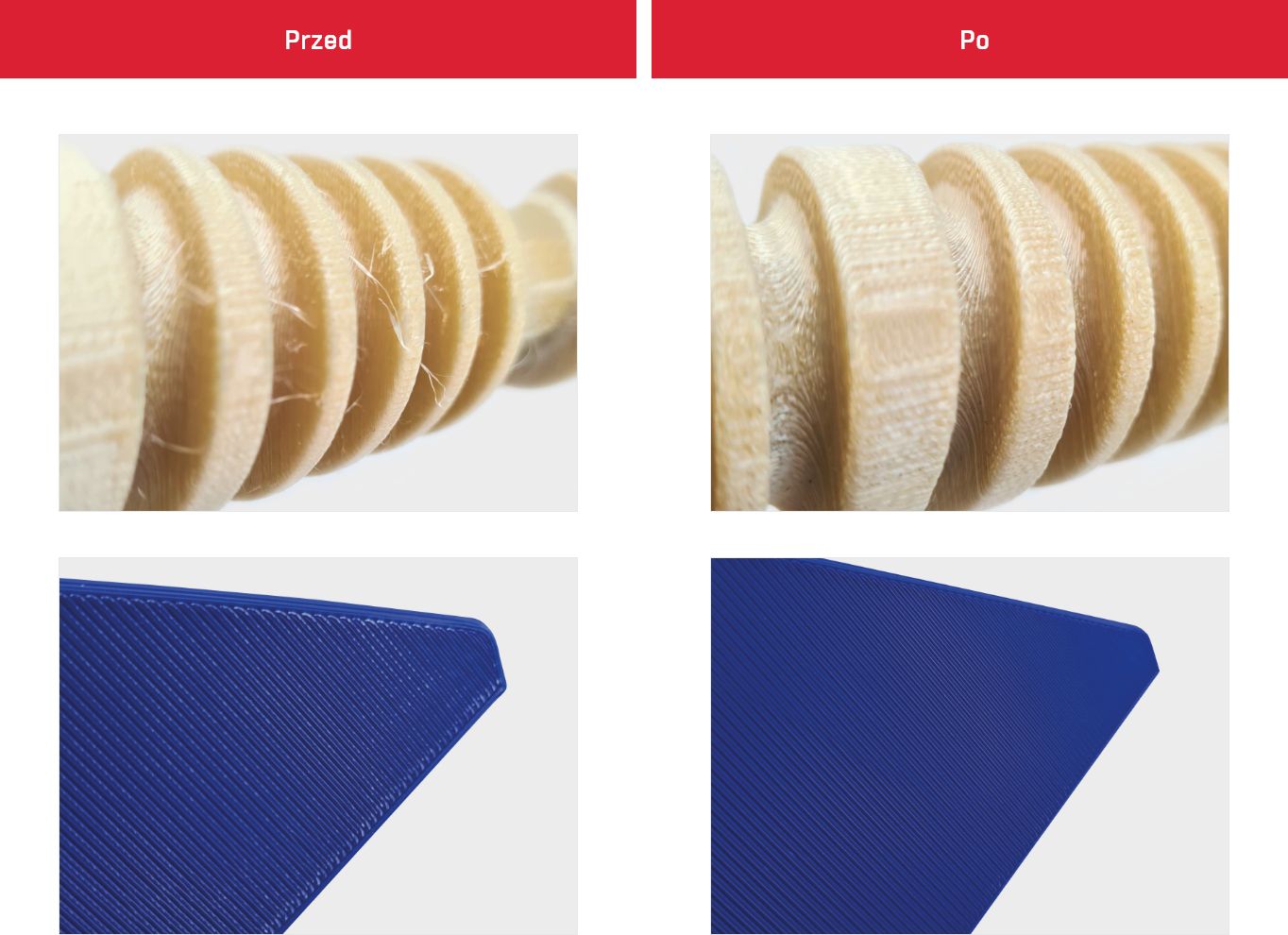

Learn more about Material Management System
3DGence MMS automates material storage, preparation, and post-print annealing – making successful printing of Ultra-Polymers like PEEK, ULTEM™, and Composites accurate and simplified.

